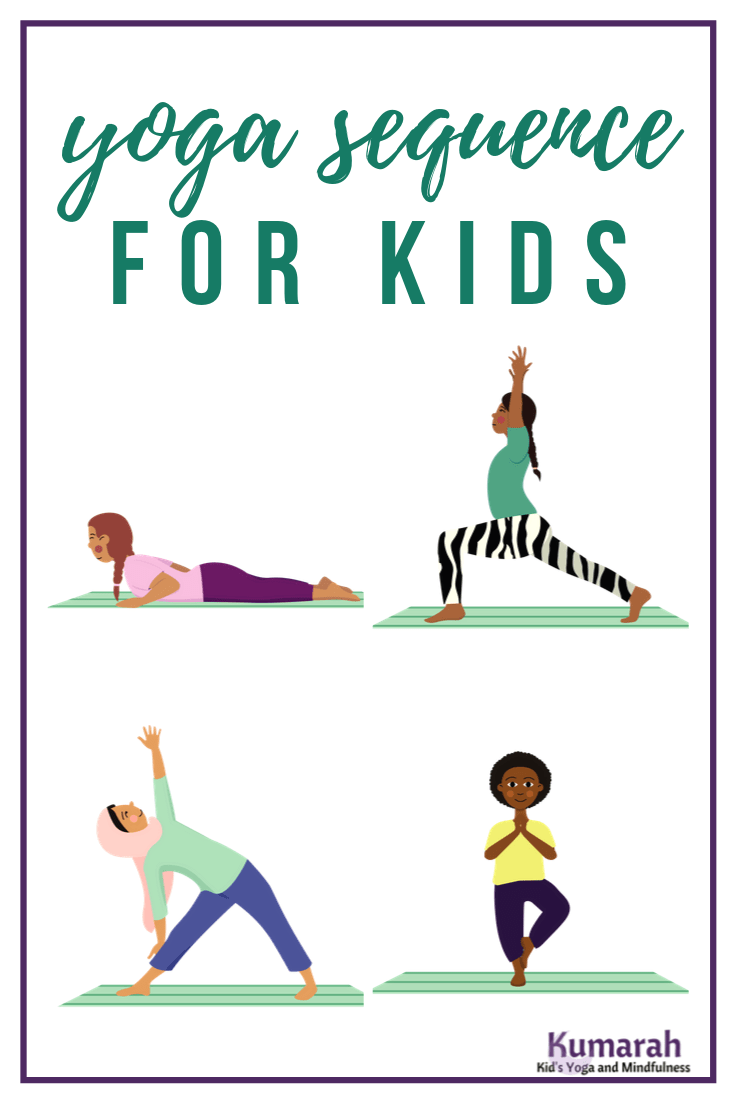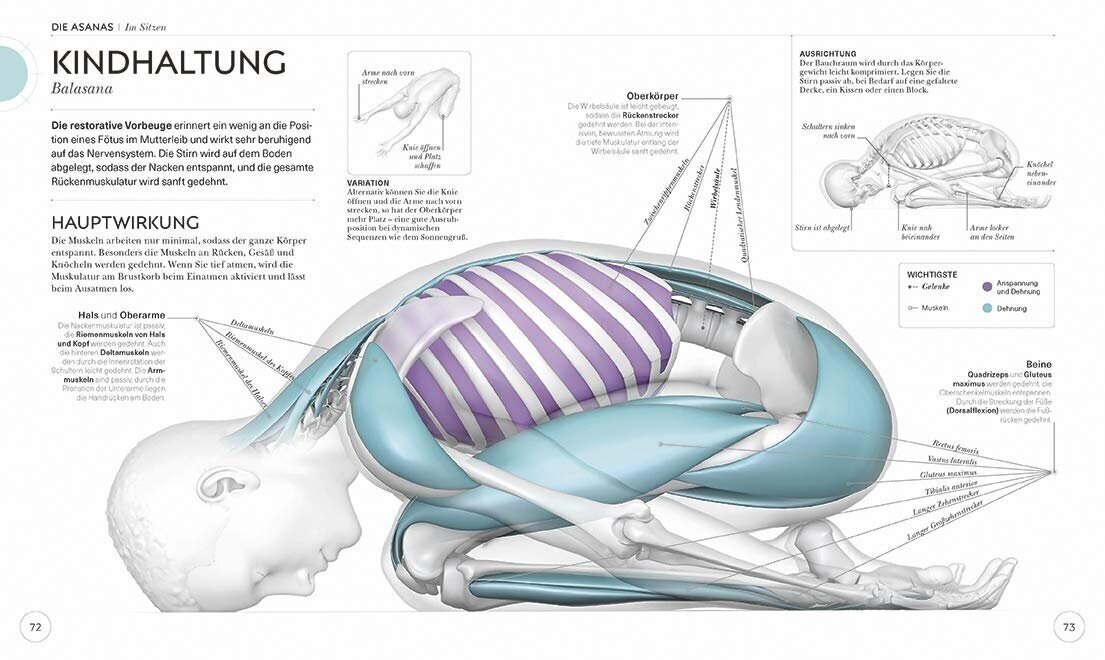
There are many poses that can be done to ease low back pain. Some are quite easy, others require more effort. In this article, I'll go over a few of the most effective ones. Child's Pose is a great starting point. Then, lower your knees to the mat and bend your elbows so your wrists are bent, and turn your feet slightly in and out. Press your hands together, and then stretch your arms out sideways. Keep your hips pointing down and your head free.
The forward bend is the most common yoga pose for low back problems. The forward bend helps stretch your hamstring muscles and increases your range of motion. This requires that you sit on the floor and place your hands on to the floor. This pose can be done in a chair or on the ground. As your spine twists, your back will be stretched. This pose is excellent for low-back pain.

The wall is the next pose that can be used to relieve low back pain. This pose provides gentle traction on the spine while drawing attention to the midline of the body. It's especially helpful for people with chronic low back problems, as it allows them mobility and flexibility in their hips. This stretch can also be deepened with pillows and blocks. Your arms can reach to the wall while your neck is aligned and your head is in line with the spine.
The next yoga pose for low back pain involves raising the left leg to the left side and then bending your elbows. Lift your right elbow toward your chest. Then support your lower spine with the left side of your left leg by raising your right arm off the floor. For 20-30 seconds, breathe in and out from your right thigh. Repeat the exercise for four to five more times. You will be able to strengthen your lower back and stretch it by achieving this position.
Sphinx Pose is a great pose to help with low back pain. It relaxes the spine and hamstrings, and provides a calm sensation. Sphinx, similar to Locust Pose and the Locust Pose is a long-legged spinal column that's great for opening the hips and reducing stress. Sphinx is great for low back pain, and it also has a calming effect.

The child's pose is another of the best yoga poses for low back pain. It is a wonderful way to relax and prepare the lower back for relaxation. You will start in a tabletop pose, with your right foot pointed forward and your right hand on your hip. Your tailbone will extend downward during the upward dog pose and this will help release tension. The downward dog will help you relax after you have completed the upward dog.
FAQ
What should I eat?
Eat lots of fruits and vegetables. These vegetables and fruits are rich in vitamins and minerals that will keep your immune system strong. Additionally, vegetables and fruits are high fiber. This helps with digestion and keeps them full. Include at least five portions of fruit and vegetables per day.
Drink plenty of water. Water flushes toxins from your body and helps you feel full between meals. Drink about eight glasses each day.
Consume whole grains and not refined. Whole grains retain all nutrients including B vitamins, iron and zinc as well as calcium, magnesium, calcium, protein, and magnesium. Refined grains lack some nutrition.
Avoid sugary drinks. Sugary drinks are high in empty calories and can lead to obesity. Choose water, milk or unsweetened tea instead.
Avoid fast food. Fast food has very little nutritional value. It may taste great but it won't give you the energy you need to function properly. Use healthier options, such as soups, sandwiches, salads, and pasta.
Limit your alcohol intake. Alcohol can lead to poor nutrition and empty calories. Limit the number of alcoholic beverages you consume per week to no more that two.
Red meats should be avoided. Red meats contain high amounts of saturated fats and cholesterol. Opt for lean cuts of beef, pork, lamb, chicken, fish, and turkey instead.
What are 7 tips for a healthy and happy life?
-
You should eat right
-
Exercise regularly
-
Sleep well
-
Get plenty of water.
-
Get enough sleep
-
Be happy
-
Smile often
Get immune enhancement with herbs and supplements
You can boost your immune function with herbs and natural remedies. Some common examples include garlic, ginger, oregano oil, echinacea, ginkgo biloba, and vitamin C.
These herbal remedies should not be used in place of conventional medical treatment. They may cause side effects such as nausea, diarrhea, stomach cramps, headaches, dizziness, and allergic reactions.
How can my blood pressure be controlled?
It is important to first understand what high blood pressure is. You must then take steps towards reducing the problem. This could be as simple as eating less salt, losing weight, taking medications, etc.
Make sure you're getting enough exercise. Walking can be a good alternative to regular exercise if time is tight.
If you're not happy with how much exercise you're doing, then you should consider joining a gym. You will probably join a gym where you can meet other people with similar goals. It's easier for you to exercise if you know that someone will be watching you at the club.
How much should my body weight be for my height? BMI calculator and chart
A body mass index calculator (BMI) is the best way to find out how much weight you should lose. A healthy BMI range should be between 18.5 and 24,000. Weight loss is possible if you aim to lose approximately 10 pounds per week. Enter your weight and height into the BMI calculator.
To see if you're overweight or obese, check out this BMI chart.
Statistics
- According to the Physical Activity Guidelines for Americans, we should strive for at least 150 minutes of moderate intensity activity each week (54Trusted Source Smoking, harmful use of drugs, and alcohol abuse can all seriously negatively affect your health. (healthline.com)
- nutrients.[17]X Research sourceWhole grains to try include: 100% whole wheat pasta and bread, brown rice, whole grain oats, farro, millet, quinoa, and barley. (wikihow.com)
- According to the 2020 Dietary Guidelines for Americans, a balanced diet high in fruits and vegetables, lean protein, low-fat dairy and whole grains is needed for optimal energy. (mayoclinichealthsystem.org)
- This article received 11 testimonials and 86% of readers who voted found it helpful, earning it our reader-approved status. (wikihow.com)
External Links
How To
What does the term "vitamins" mean?
Vitamins are organic compounds naturally found in food. Vitamins allow us to absorb nutrients from food. Vitamins cannot come from the body so food must provide them.
There are two types: water-soluble and fat-soluble vitamins. Water-soluble vitamins dissolve quickly in water. Examples include vitamin C,B1 (thiamine), B2 (riboflavin), B3 (niacin), B6 (pyridoxine), folic acid, biotin, pantothenic acid, and choline. Fat-soluble vitamins are stored in the liver, fatty tissue and kidneys. Some examples include vitamin D and E, K, A and beta carotene.
Vitamins can be classified according to biological activity. There are eight major vitamin groups:
-
A - Essential for healthy growth and health maintenance.
-
C – essential for proper nerve function.
-
D - Vital for healthy bones and teeth
-
E is required for good vision and reproduction.
-
K - Required for healthy nerves and muscles.
-
P - vital for building strong bones andteeth.
-
Q – aids digestion of iron and iron absorption
-
R - necessary for making red blood cells.
The recommended daily allowance for vitamins (RDA) varies based on gender, age, and physical conditions. The U.S. Food and Drug Administration, (FDA), sets the RDA value.
For adults 19 years and over, the RDA of vitamin A is 400mg per day. Pregnant women require 600 micrograms daily to support fetal development. Children ages 1-8 require 900 micrograms per day. Babies under one-year old require 700 mg per day. Between 9 and 12 years of age, however, this drops to 500 mg per day.
Children between the ages of 1-18 need 800 micrograms per daily for obesity, while children overweight require 1000 micrograms. Children underweight or obese will need 1200 mg per day.
Children 4-8 years old who have anemia must consume 2200 micrograms of Vitamin C daily.
2000 micrograms per person is necessary for general health. Women who are pregnant or breastfeeding need 3000 micrograms per day due to increased nutrient requirements.
1500 micrograms are required daily by adults over 70 because they lose approximately 10% of their muscle each decade.
Women who are pregnant or nursing need more than the RDA. Pregnant woman need 4000 micrograms daily in pregnancy, and 2500 per day after childbirth. Breastfeeding mothers require 5000 micrograms daily when breast milk production is occurring.